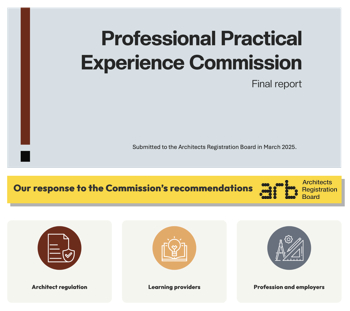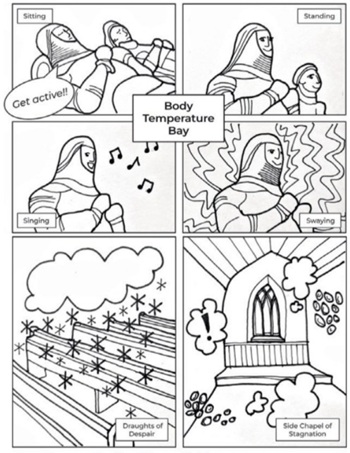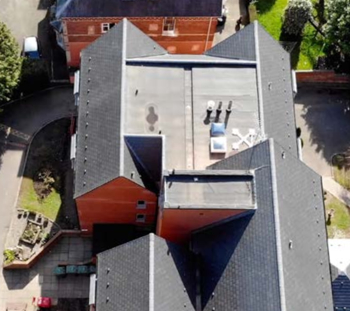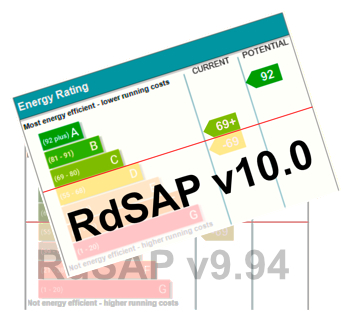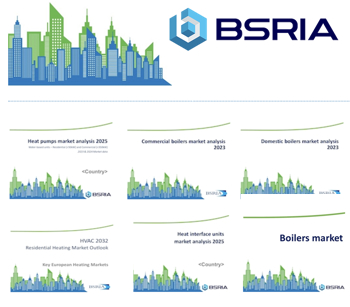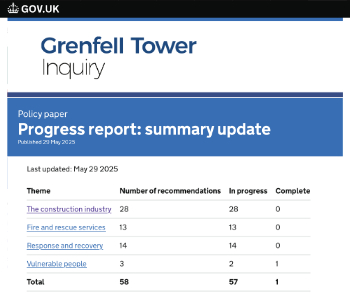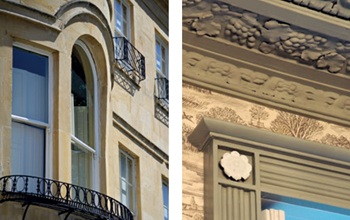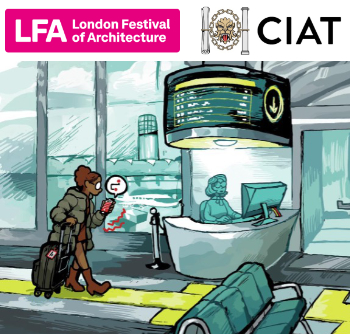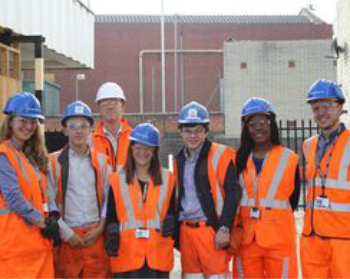Form
There a number of different possible definitions of the noun ‘form’.
- In architecture, a form is a three-dimensional object or building that is perceived by a viewer in space and time, and made possible by the action of light and shadow. For example, a building may be said to present a complex, geometric form on the skyline. However, a form cannot be two-dimensional as it will then merely be a shape.
- ‘Human form’ is sometimes used to describe the body in a functioning, though not physiological sense. Le Corbusier considered houses and automobiles as essential modern tools that were extensions of the human form. He rejected Cubism in favour of the pure, simple geometric forms seen in everyday objects.
- Form can also be used in the same sense as ‘type’, so, for example, one may say that office buildings come in many different forms (i.e types, which can mean style, size, general arrangement, etc, or a combination of some or all of these. Or, theatre productions down the ages have taken many different forms, e.g proscenium, thrust, in-the-round etc.
- The term, ‘form’ can also mean a mould, i.e for holding a liquid or semi-plastic material in a particular shape until it sets. Hence, in construction, formwork is used to create shapes and designs, e.g supporting in-situ concrete until it cures to form walls and floors, etc.
- A form can be a standard document that can be completed, such as a Declaration of non-collusion form.
- Plato’s theory of forms suggests that a form is an idealised, universal paradigm of a particular concept or virtue which transcends the real world and by which in comparison, all other manifestations in the real world are nothing but inferior copies. For Plato, forms represent reality to which the inhabited world can only approximate. So, if a thing was beautiful, it resembled some of the aspects of the form of beauty, but its beauty was only participatory, and an imperfect imitation of the form of beauty.
[edit] Related articles on Designing Buildings Wiki
Featured articles and news
Professional practical experience for Architects in training
The long process to transform the nature of education and professional practical experience in the Architecture profession following recent reports.
A people-first approach to retrofit
Moving away from the destructive paradigm of fabric-first.
International Electrician Day, 10 June 2025
Celebrating the role of electrical engineers from André-Marie Amperè, today and for the future.
New guide for clients launched at Houses of Parliament
'There has never been a more important time for clients to step up and ...ask the right questions'
The impact of recycled slate tiles
Innovation across the decades.
EPC changes for existing buildings
Changes and their context as the new RdSAP methodology comes into use from 15 June.
Skills England publishes Sector skills needs assessments
Priority areas relating to the built environment highlighted and described in brief.
BSRIA HVAC Market Watch - May 2025 Edition
Heat Pump Market Outlook: Policy, Performance & Refrigerant Trends for 2025–2028.
Committing to EDI in construction with CIOB
Built Environment professional bodies deepen commitment to EDI with two new signatories: CIAT and CICES.
Government Grenfell progress report at a glance
Line by line recomendation overview, with links to more details.
An engaging and lively review of his professional life.
Sustainable heating for listed buildings
A problem that needs to be approached intelligently.
50th Golden anniversary ECA Edmundson apprentice award
Deadline for entries has been extended to Friday 27 June, so don't miss out!
CIAT at the London Festival of Architecture
Designing for Everyone: Breaking Barriers in Inclusive Architecture.
Mixed reactions to apprenticeship and skills reform 2025
A 'welcome shift' for some and a 'backwards step' for others.







